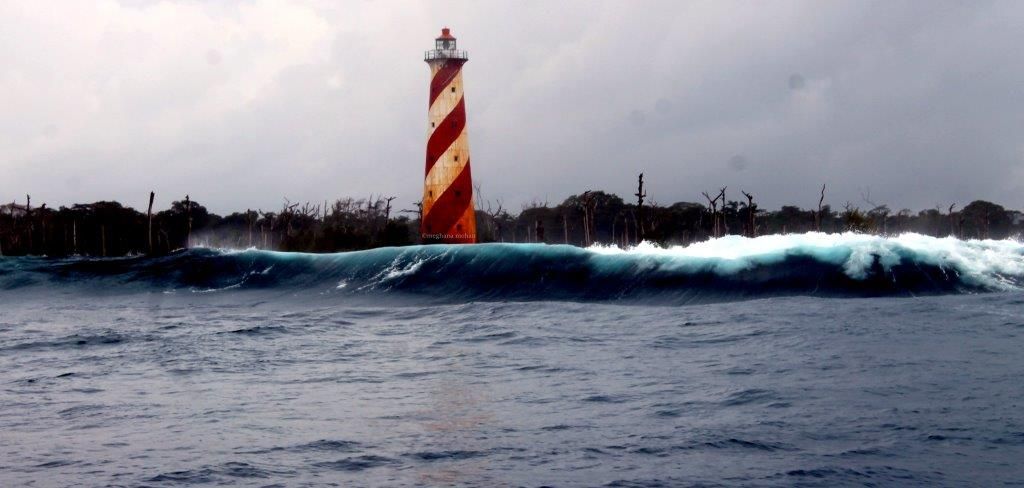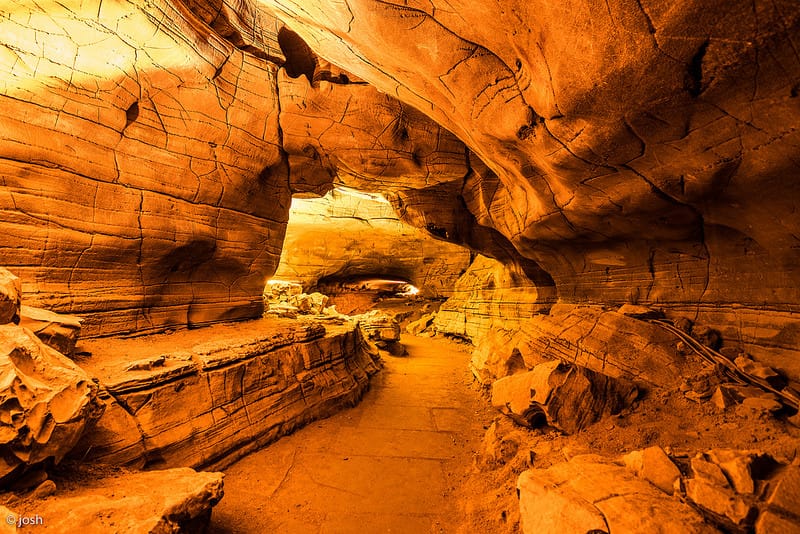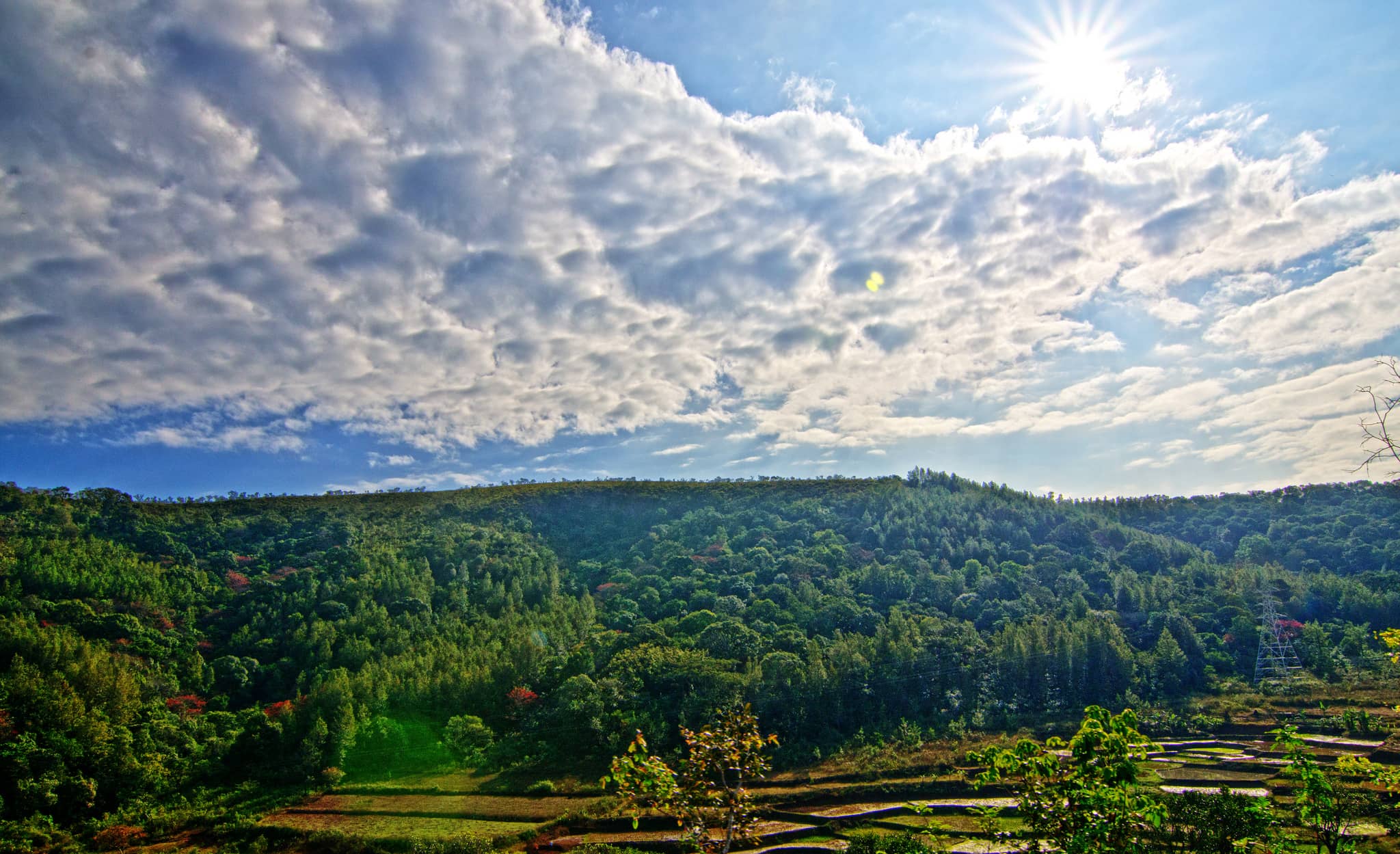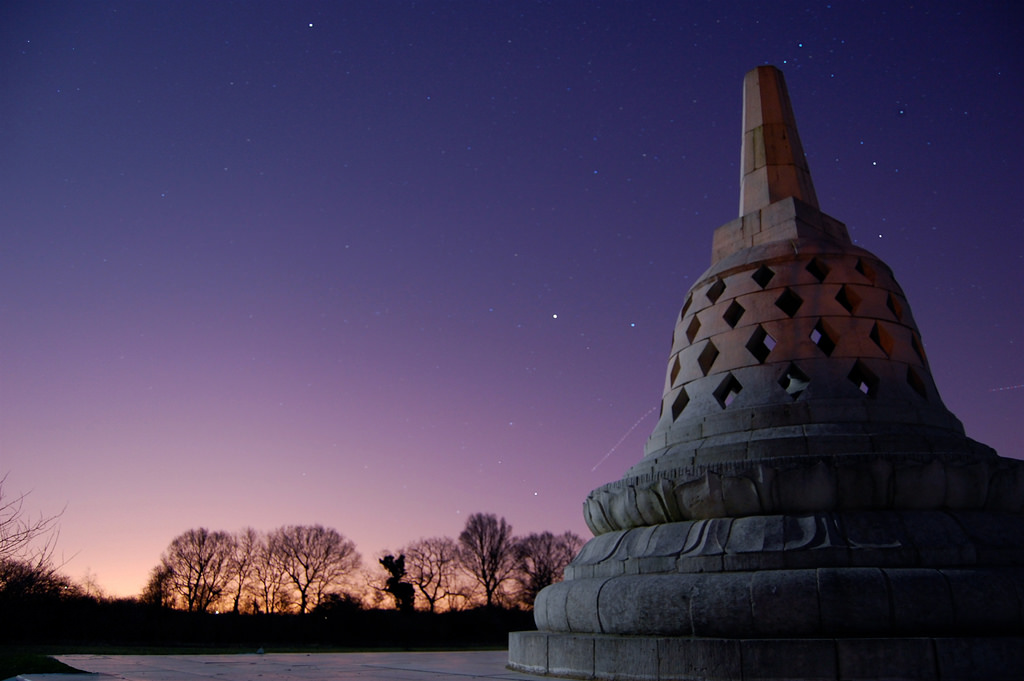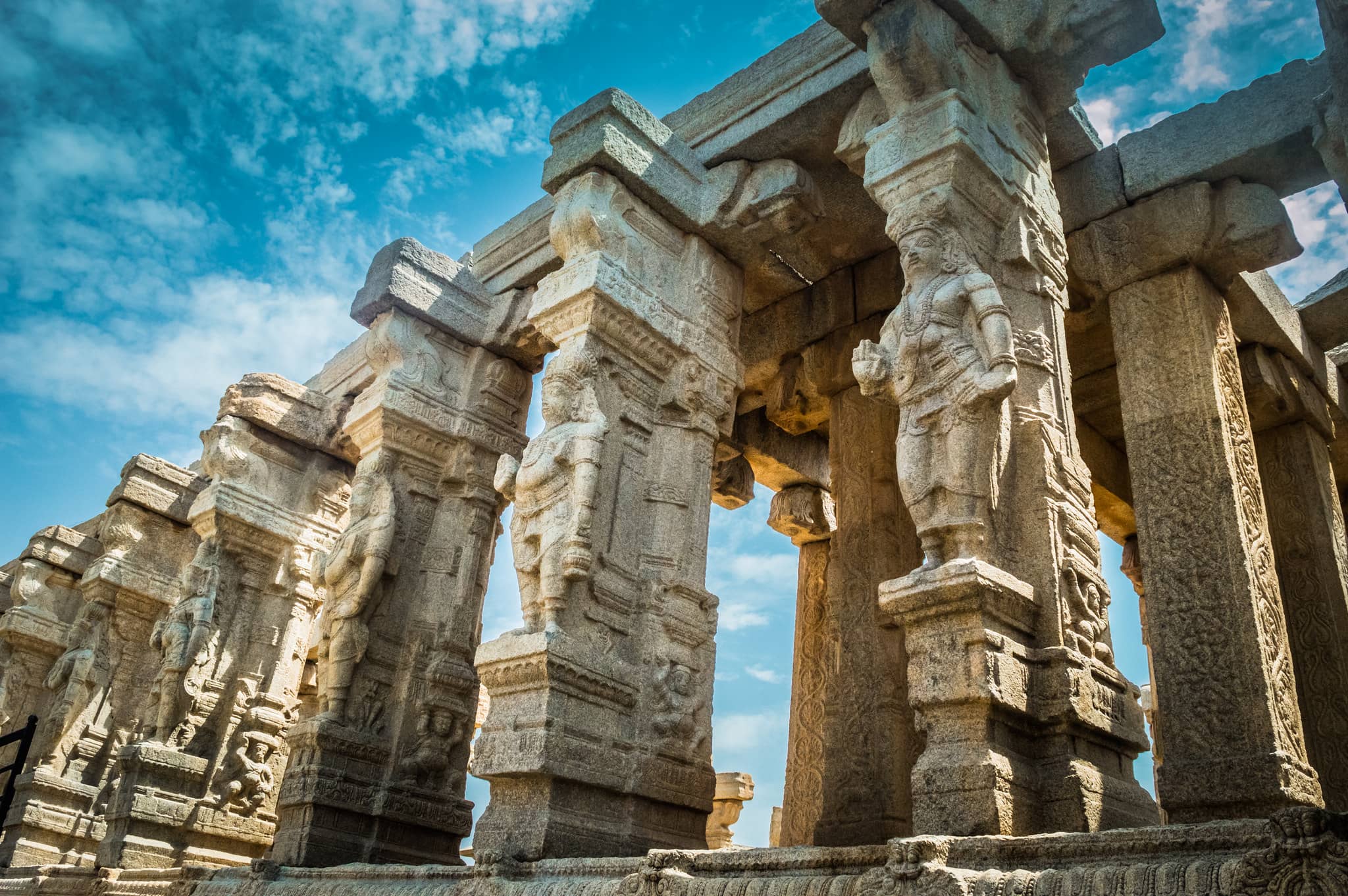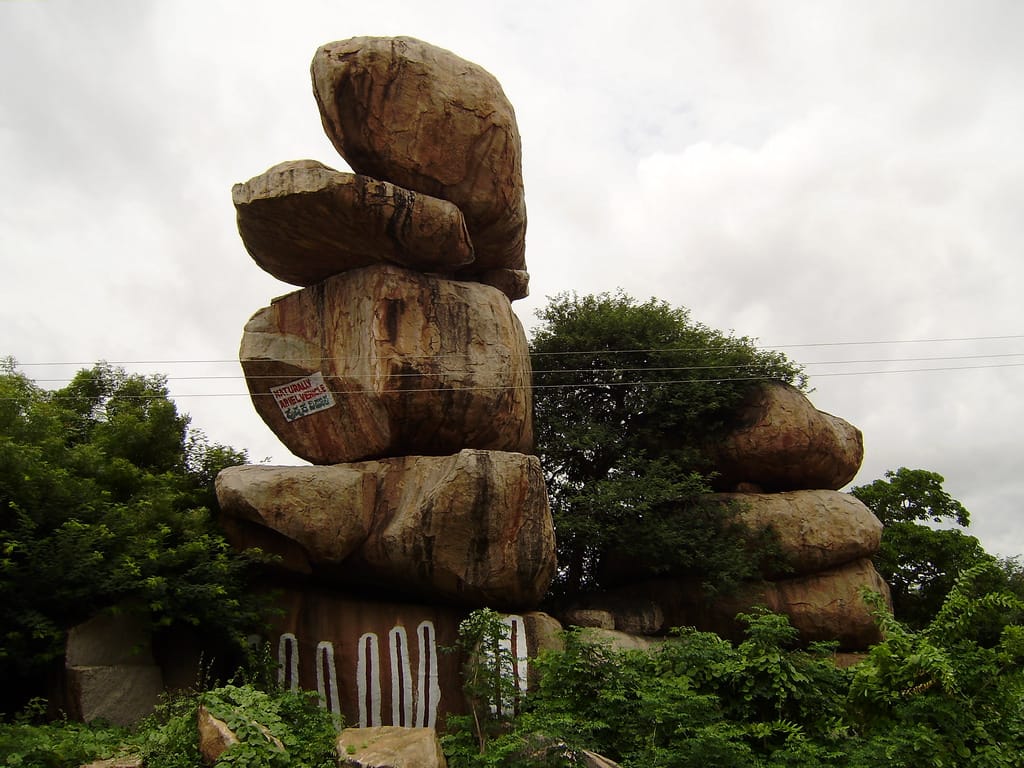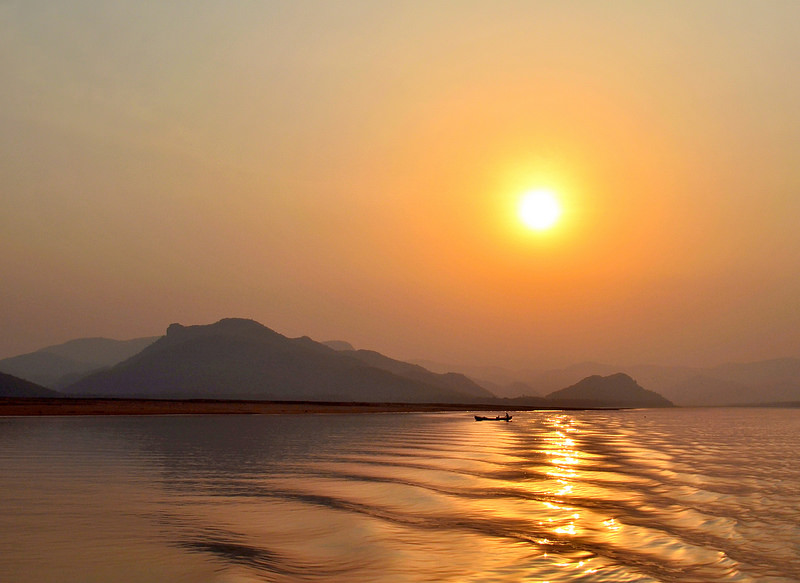Germany is a country in Western Europe known for its forests, rivers, mountains, and coastline along the North Sea. It has a long history that goes back more than 2,000 years. The capital city, Berlin, is famous for its museums, art, lively nightlife, the Brandenburg Gate, and historical sites from World War II. Munich, in the south, is known for Oktoberfest and its traditional beer halls like the old Hofbräuhaus. Frankfurt is a modern city with tall buildings and is home to the European Central Bank. In the north, you’ll find coastal areas, the port city of Hamburg, and the vacation islands of Sylt and Rügen. Germany also offers great shopping streets, such as Berlin’s Kurfürstendamm, and has many memorials that remember its past. Outdoor lovers enjoy hiking and skiing in the Alps and the Black Forest.
places to visit in Germany
Neuschwanstein Castle
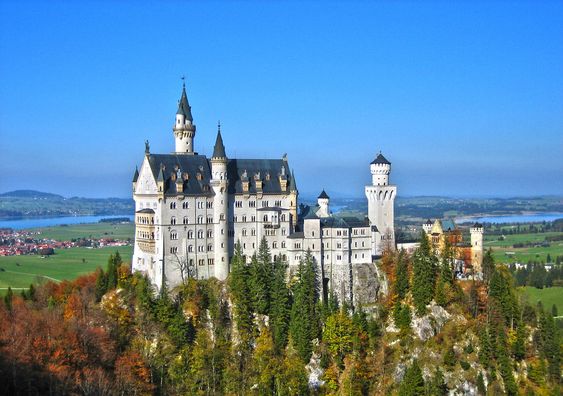
Neuschwanstein Castle is a stunning 19th-century palace located on a hill above Hohenschwangau village in southwest Bavaria. King Ludwig II of Bavaria built the castle as a retreat and to honor composer Richard Wagner. Inside, you can find the Throne Room, King Ludwig’s suite, the Singers’ Hall, and a Grotto. The castle has appeared in movies such as Chitty Chitty Bang Bang and The Great Escape. It is a popular tourist attraction due to its fairytale-like appearance.
Brandenburg Gate
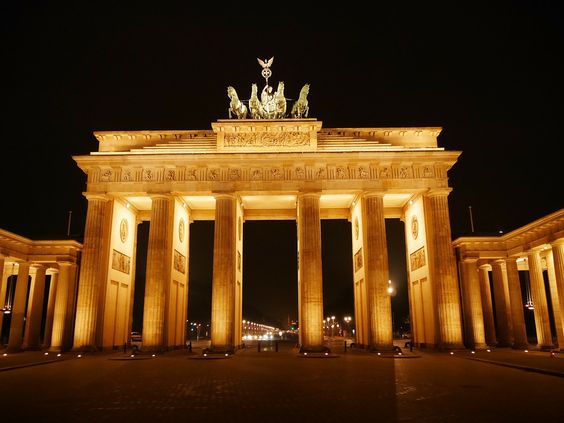
The Brandenburg Gate is an iconic 18th-century monument in Berlin. Built by King Frederick William II of Prussia, it stands as a symbol of both Germany’s difficult history and European unity. The gate has witnessed many significant historical events, including the end of the Cold War. Today, it remains a major landmark, representing peace and reunification.
Reichstag Building
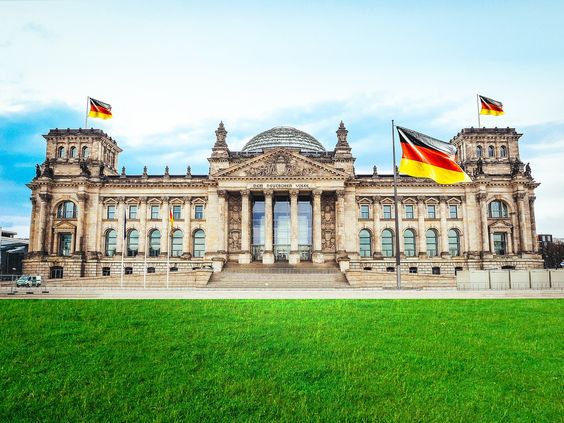
The Reichstag Building in Berlin was originally constructed to house the Imperial Diet of the German Empire. Its most famous feature is a large glass dome that offers a 360-degree view of Berlin. Visitors can look down onto the parliament hall, and the natural light shines through the dome, illuminating the space below. It is an important symbol of Germany’s democracy.
Alexanderplatz
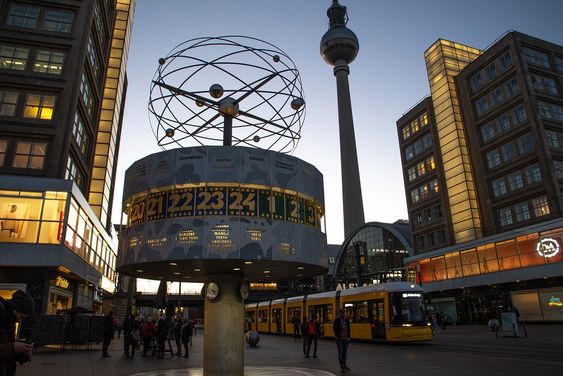
Alexanderplatz is a bustling public square in the center of Berlin, often called “Alex.” Named after Tsar Alexander I of Russia, the square is a key transport hub and popular tourist spot. Nearby attractions include the Fernsehturm (TV tower), Nikolai Quarter, and Rotes Rathaus. Alexanderplatz also serves as a commercial area with numerous shopping malls and stores.
Hohenschwangau Castle

Hohenschwangau Castle is a 19th-century palace in southern Germany. It was the childhood home of King Ludwig II and was built by his father, King Maximilian II. The castle served as the royal family’s summer and hunting residence. It is decorated with scenes from medieval legends, including the story of the Swan Knight, Lohengrin.
Cologne Cathedral
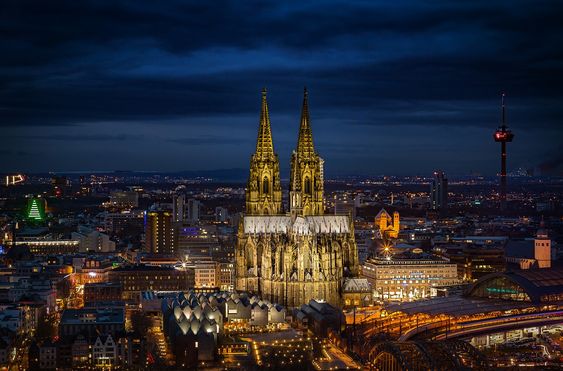
Cologne Cathedral is a grand Gothic church and the seat of the Archbishop of Cologne. As the largest Gothic church in Northern Europe, it is a UNESCO World Heritage site. The cathedral features stunning architecture, including the shrine of the Three Wise Men and beautiful stained-glass windows. It is a major symbol of German Catholicism.
Lake Constance
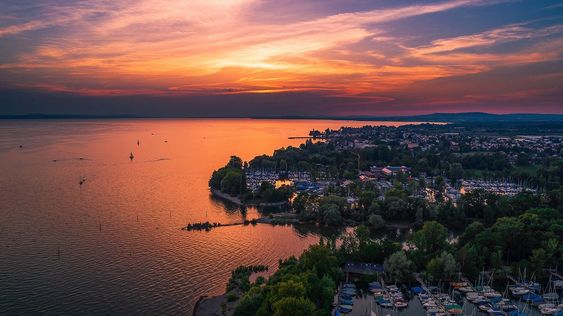
Lake Constance is a large lake that spans Germany, Austria, and Switzerland, offering a picturesque setting for visitors. It is a popular summer destination for activities like sailing, windsurfing, and swimming. The area also has a rich cultural heritage, with charming medieval villages, old castles, and scenic gardens surrounding the lake.
Checkpoint Charlie
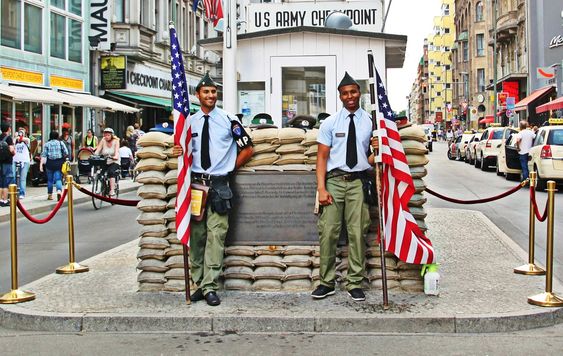
Checkpoint Charlie was a well-known crossing point between East and West Berlin during the Cold War. It became famous for its role in the division of the city. Today, the checkpoint site is marked with a recreated booth, flag, and sandbags, serving as a historical reminder of the Cold War era. It is often featured in films and novels about espionage.
Berlin Wall
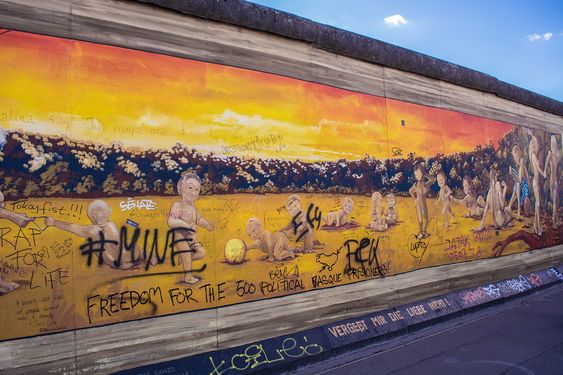
The Berlin Wall was a concrete barrier that separated East and West Berlin from 1961 to 1989. It was erected by the East German government to stop people from fleeing to the West. The Wall became a powerful symbol of the Cold War until it fell on November 9, 1989, allowing free movement between the two parts of the city. Remnants of the Wall remain today as a historic landmark.
Heidelberg Castle
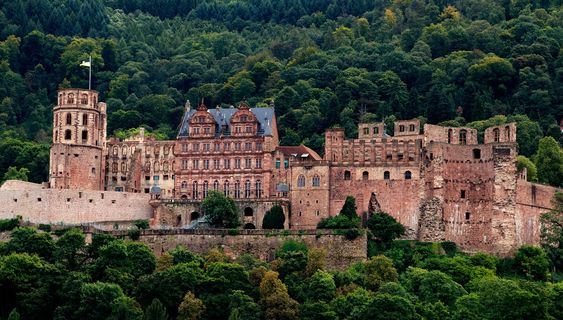
Heidelberg Castle is a famous ruin in Germany and a key landmark of the city. It combines several buildings from different periods of German architecture. The castle gardens are beautifully designed, with terraces, flower beds, sculptures, and fish ponds. It’s a popular site for visitors to explore the blend of history, architecture, and nature.
Top destinations in Germany
Frankfurt
Frankfurt is a major financial city in central Germany, located along the river Main. It’s home to the European Central Bank and was the birthplace of writer Johann Wolfgang von Goethe, whose house is now a museum. Much of the city was destroyed during World War II but was rebuilt. The Altstadt area features Römerberg, a square that hosts a popular Christmas market every year.
Berlin
Berlin, the capital of Germany, has a history that goes back to the 13th century. It holds many reminders of its turbulent 20th-century past, such as the Holocaust memorial and remnants of the Berlin Wall covered in graffiti. The Brandenburg Gate, built in the 18th century, symbolizes the city’s reunification after the Cold War. Berlin is also known for its vibrant art scene and modern landmarks like the Berliner Philharmonie.
Munich
Munich is the capital of Bavaria and is famous for its historic buildings and museums. The city hosts the famous Oktoberfest and is known for its beer halls, including Hofbräuhaus, which dates back to 1589. The central Marienplatz square in the Altstadt features landmarks like the Neo-Gothic Neues Rathaus, known for its glockenspiel show that re-enacts historical events from the 16th century.
Cologne
Cologne is a city that has existed for over 2,000 years, situated along the Rhine River. The Cologne Cathedral, with its stunning Gothic architecture, is the city’s most famous landmark. It is home to valuable medieval relics and offers panoramic views of the river. The nearby Museum Ludwig features modern art, including works by Picasso, while the Romano-Germanic Museum displays Roman artifacts.
Heidelberg
Heidelberg, located on the Neckar River in southwestern Germany, is famous for its historic university, which was founded in the 14th century. The city’s Altstadt is home to the Gothic Heiliggeistkirche church, and its central square, Marktplatz, is lined with cafes. The ruins of Heidelberg Castle, perched on Königstuhl hill, are a beautiful example of Renaissance architecture.
Best time to visit Germany
The best time to visit Germany is from May to September, when the weather is mild and enjoyable. During these months, you can experience pleasant temperatures and sunny days. This is also the perfect time for outdoor activities, festivals, and sightseeing. The summer months, especially June through August, are ideal for exploring the country’s cities and countryside. However, it can also be a bit crowded, so plan ahead for popular destinations.

